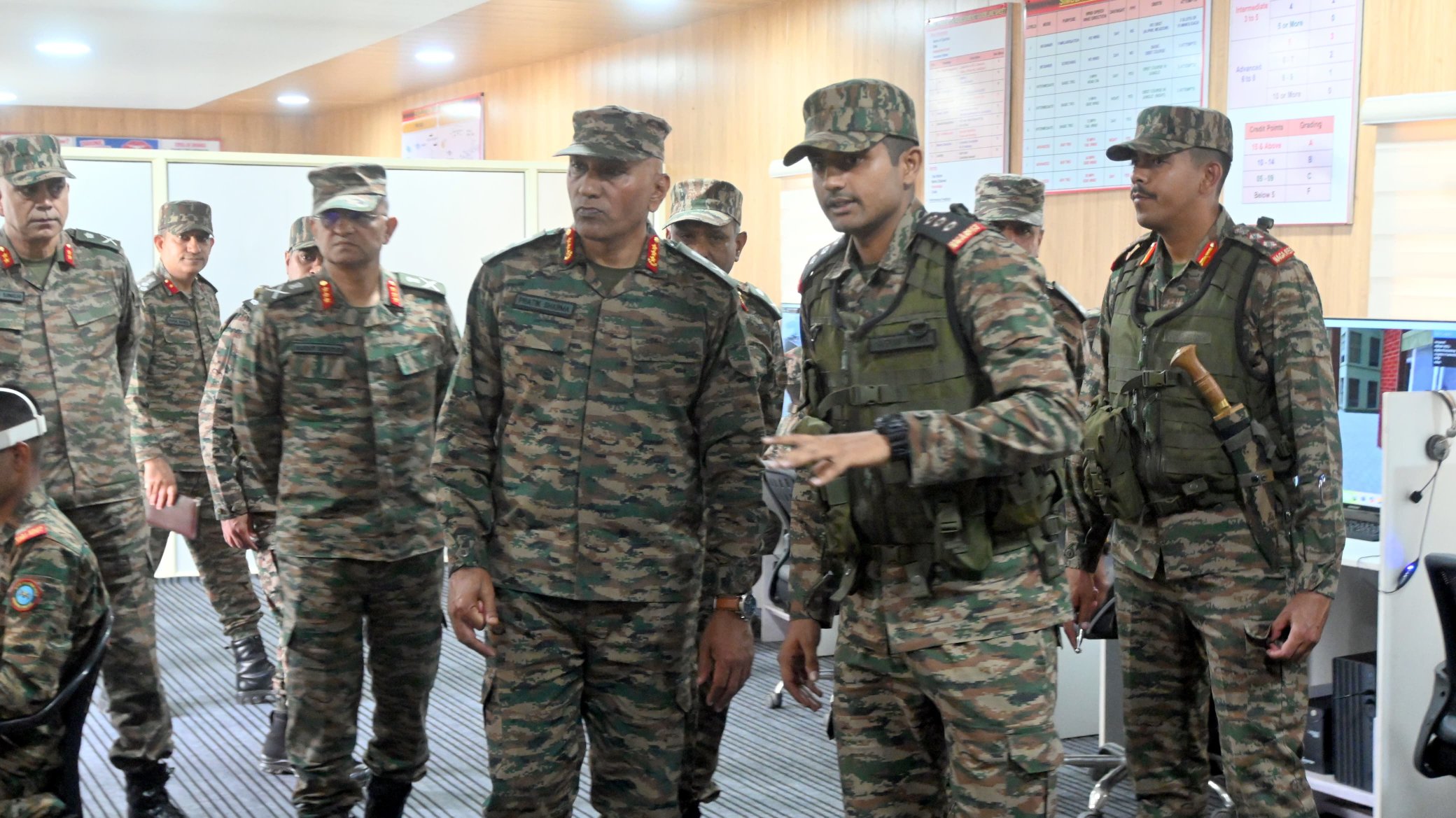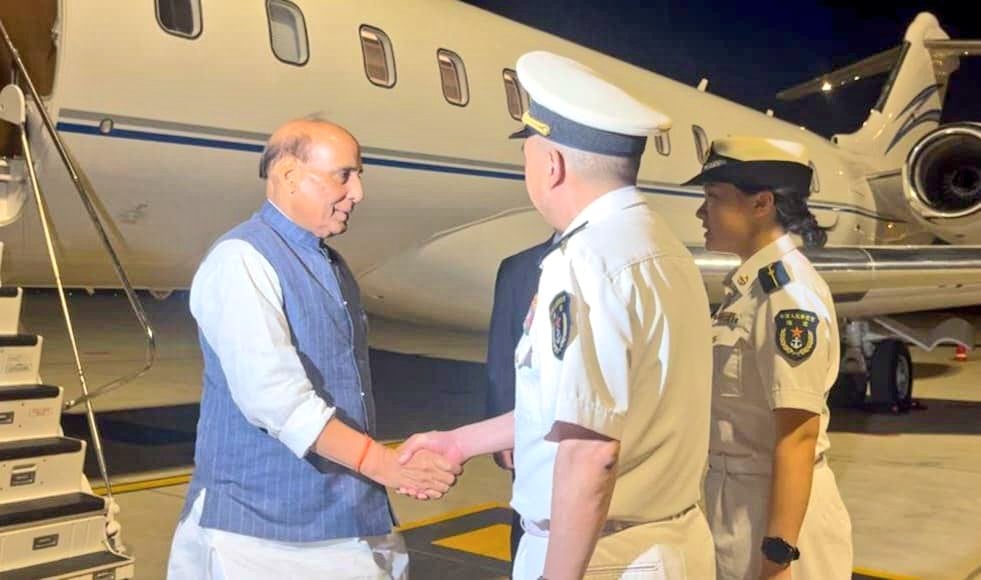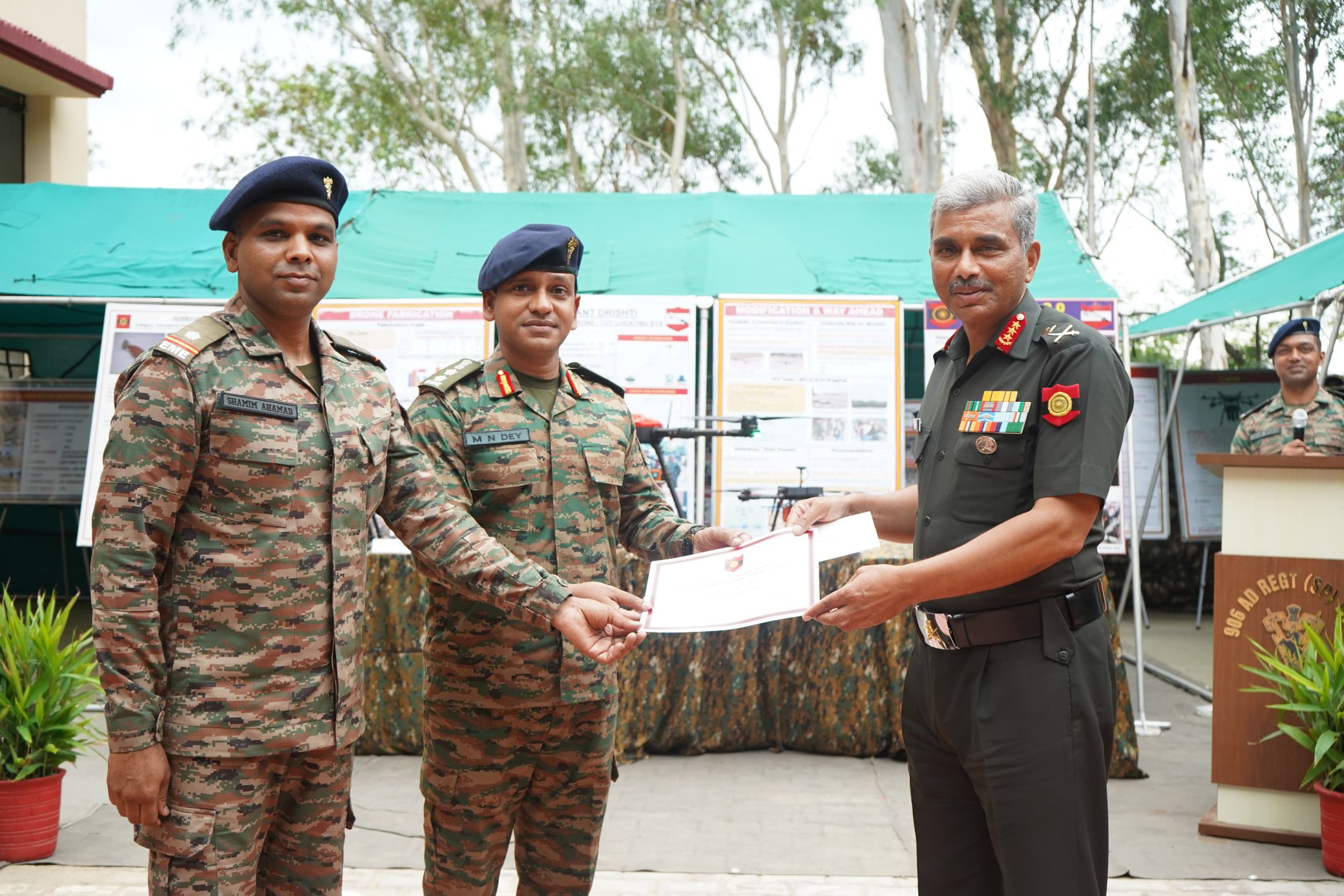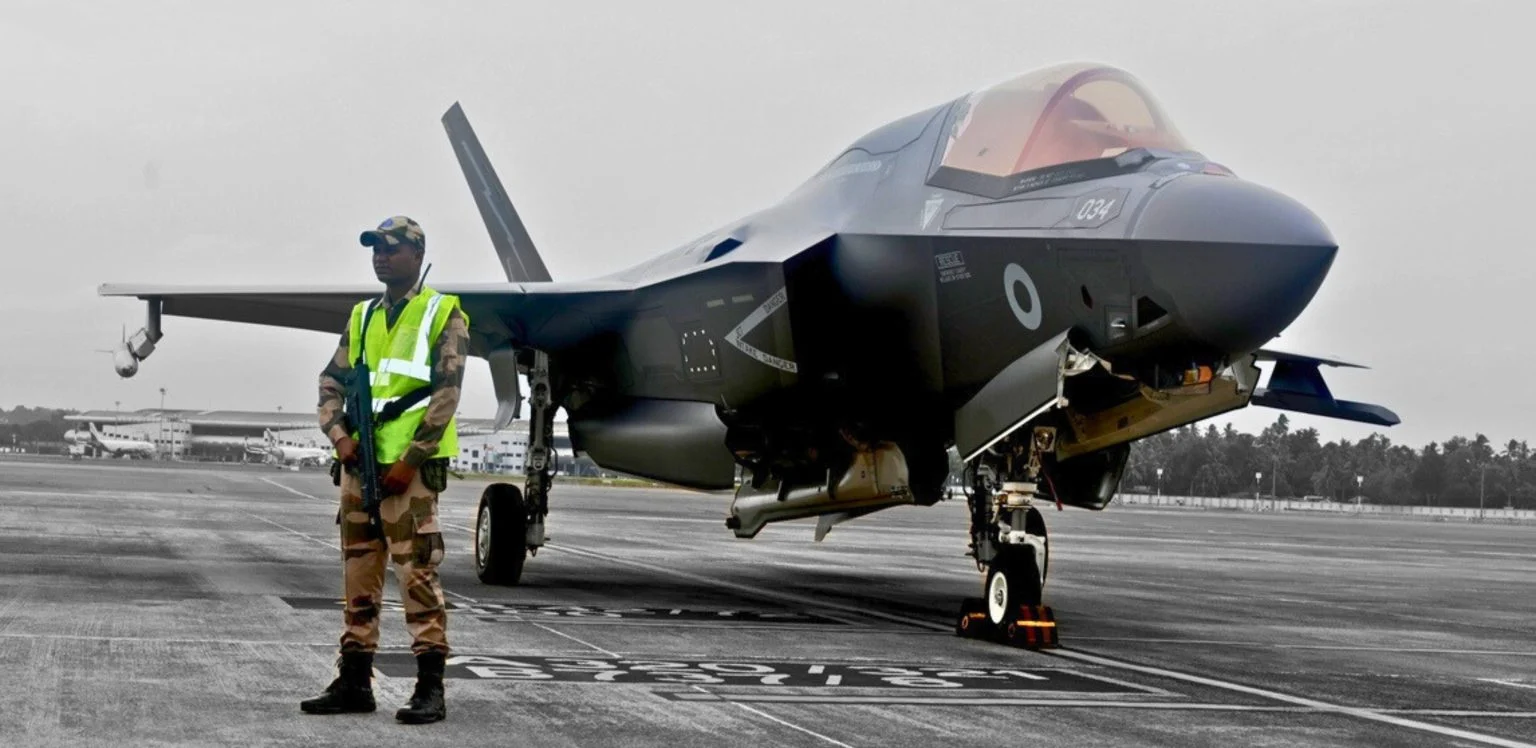Indian Army Deploys AI Surveillance to Boost Security in Kashmir
The Indian Army has taken a major leap in modernizing its border security operations by deploying artificial intelligence (AI)-powered surveillance…
Indian Defence Minister Arrives in Qingdao for SCO Defence Ministers’ Meeting
India's Defence Minister Rajnath Singh has arrived in Qingdao, China, to participate in the Shanghai Cooperation Organisation (SCO) Defence Ministers’…
Western Command Hosts High-Level Conclave on Operation Sindoor and Future Warfare Strategy
The Indian Army’s Western Command concluded a two-day Field Formation Commanders’ conclave at its headquarters in Chandimandir, focusing on critical…
Trump Slams CNN and NYT for Calling Iran Strike Ineffective: Labels Reports as ‘Fake News’
US President Donald Trump has fiercely criticized major media outlets CNN and The New York Times, accusing them of spreading…
Meet Group Captain Prasanth Balakrishnan Nair: The Backup Crew Member for Axiom Mission 4
Prasanth Balakrishnan Nair, a decorated Indian Air Force (IAF) Group Captain and experienced test pilot, is making headlines as the…
UK F-35B Under Repair in India After Weather Diversion, Engineering Issue
A UK F-35B fighter jet that diverted to Thiruvananthapuram International Airport due to adverse weather conditions is currently undergoing repairs…






